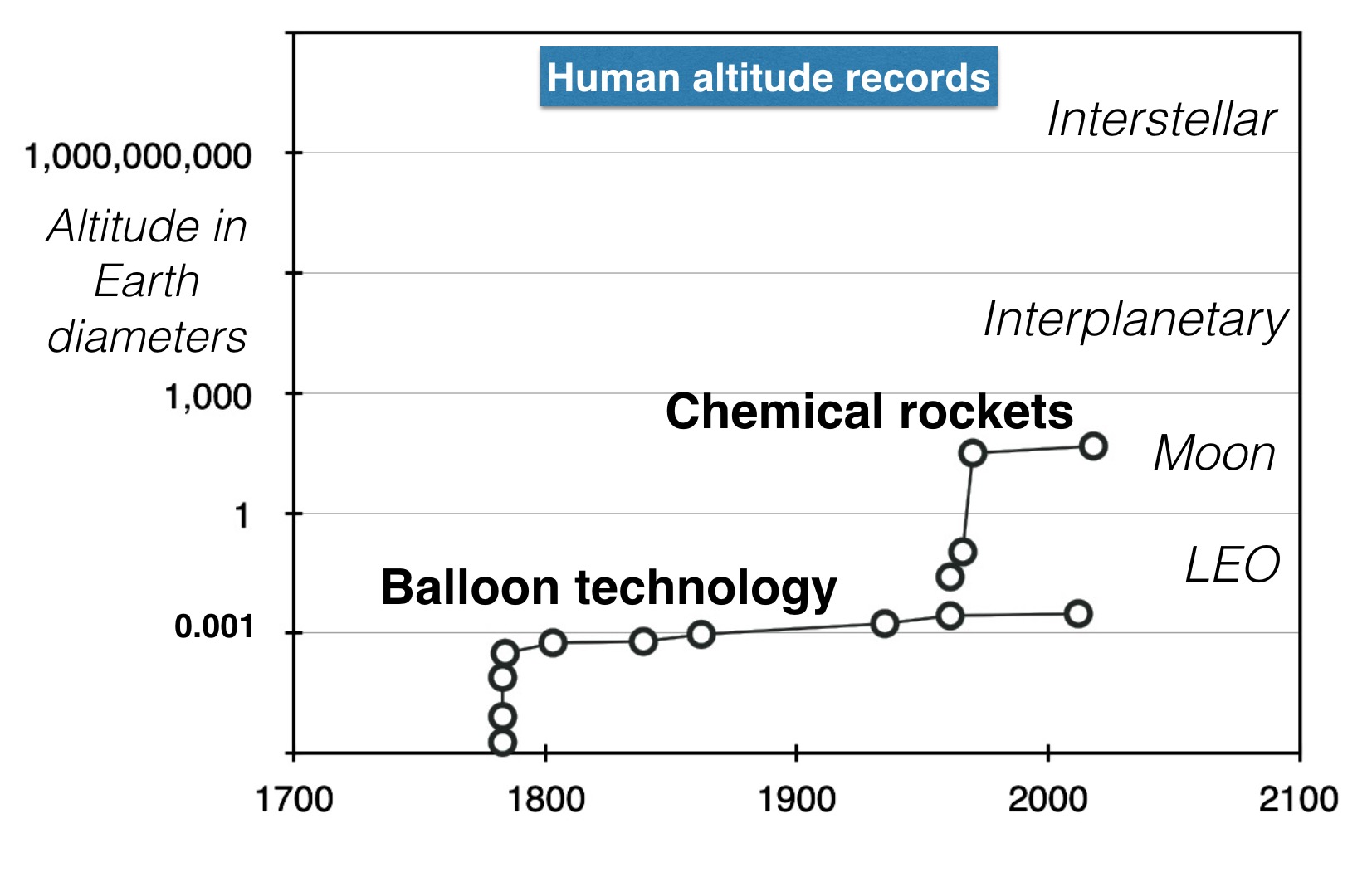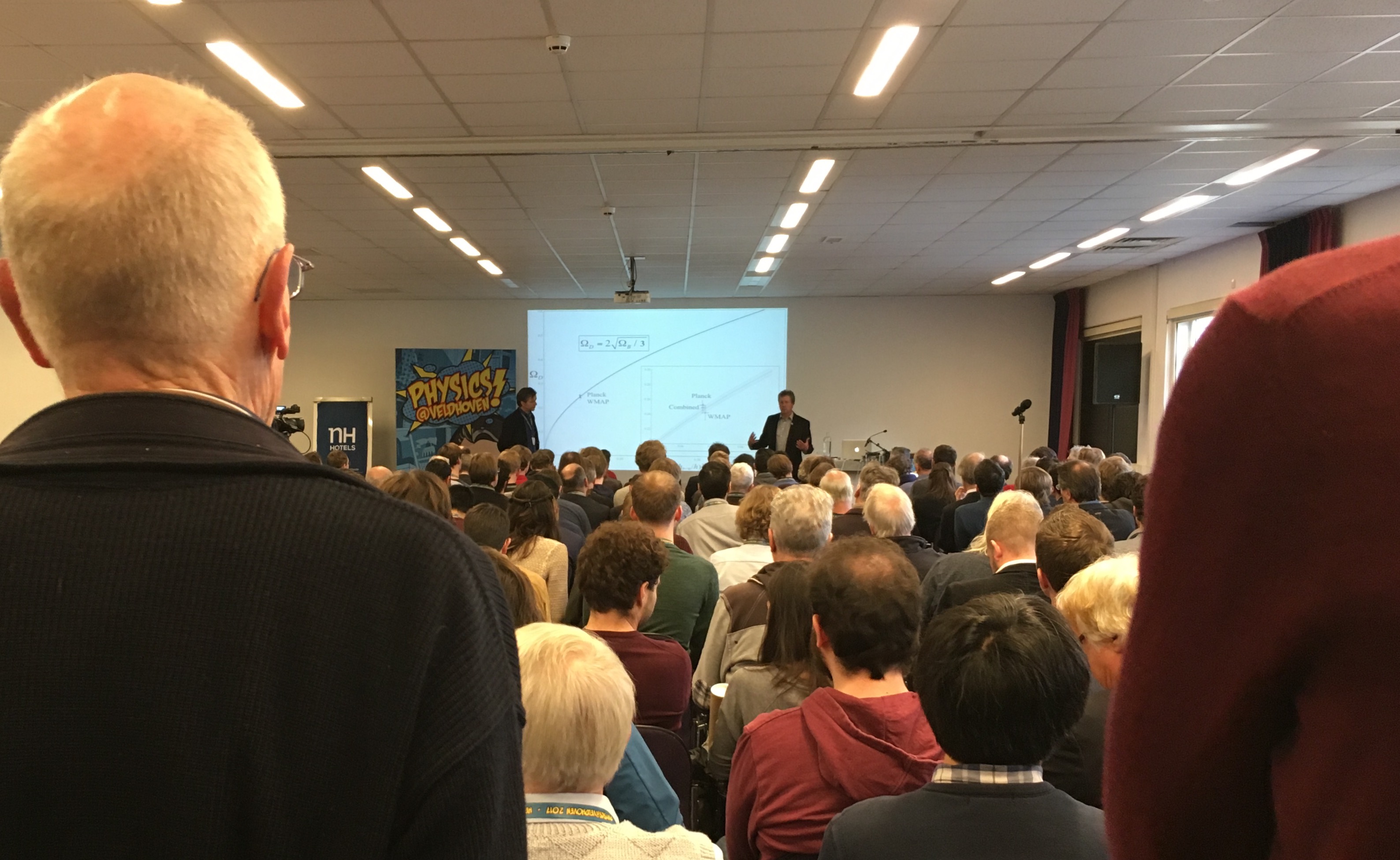Lots of people have asked me for my views on Erik Verlinde’s latest paper “Emergent Gravity and the Dark Universe“. This fifty-one pages long preprint has attracted a fair bit of media attention. Particularly in the Netherlands, Verlinde’s name being attached to the draft paper has caused a true hype.
--- repost due to previous version not surviving server maintenance ---
Black holes are hot. Well, thermodynamically these suckers are freaking cold, but they do attract more attention than hot supernovae. And with attention comes recognition. As announced last month, as much as 97% of the $ 6.3 mln 2016 Breakthrough Prize money for physics went to black hole research.
In a world where individuals have ranked preferences, it is not possible to create a voting procedure that is guaranteed to yield a fair selection between more than two alternatives. This is a mathematical certainty: in 1951 Nobel laureate Kenneth Arrow gave the mathematical proof.
We power humanity mostly by burning fossil fuels, thereby turning chemical energy into heat that ultimately gets radiated into space. In doing so we achieve some results deemed useful: we cook food, we keep our homes and offices at comfortable temperatures, we watch television, listen to music, take hot showers, generate light during dark hours, and move from A to B and back.
Leonard: "The holographic principle suggests that what we all experience every day in three dimensions may really just be information on a surface located at the farthest reaches of our cosmos. So it's possible that our lives are really just acting out a painting on the largest canvas in the universe."
Penny: "Hmmm..."
Is our universe holographic? Is what is happening in the universe somehow encoded on its boundary? Are we 3D renderings of some distant 2D image? Black hole physics certainly suggests so. But how does such an encoding work? Can we visualize a system that "just acts out" a painting on its boundary?
 Why SpaceX Won't Turn Us Into A Multi-planetary Species
Why SpaceX Won't Turn Us Into A Multi-planetary Species  Rational Suckers
Rational Suckers Triple Or Bust: Paradox Resolved
Triple Or Bust: Paradox Resolved










